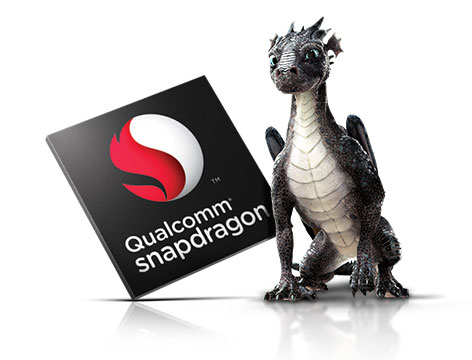Qualcomm Snapdragon 660 And 630 Boost Mid-Range Mobile Machine Learning & Camera Tech

Mid-range smartphones could get the capabilities of flagship devices from Samsung, LG and Google
Qualcomm has ushered in two fresh mid-range Snapdragon system-on-a-chip (SoC) mobile chipsets, the 660 and 630.
The chips, which Qualcomm now calls platforms, aim to bring in solid camera and machine learning capabilities to mid-range smartphones and tablets, rather than leaving such features in the upper echelons of flagship smartphones from Google, LG and Samsung.
“With the introduction of the Snapdragon 660 and 630 Mobile Platforms, we are thrilled that features such as improved image quality and fast LTE speeds will now be available in a wide array of devices without sacrificing performance or quality,” said Kedar Kondap, vice president of product management at Qualcomm Technologies.
“This ensures that a greater number of consumers will be able to take advantage of higher quality user experiences in camera, audio and visual processing, connectivity, improved CPU and GPU performance, fast charging, security and machine learning.”
Camera capabilities and machine learning
![]() In basic terms, the new Snapdragons are successors to the 653 and 635; the Snapdragon 660 sports 20 and 30 percent CPU and GPU performance respectively over the 653, while the Snapdragon 635 offers a 10 and 30 percent performance hike in processor and graphics over the 625. Both sport eight CPU cores, support up to 8GB of RAM, and are based on the a 14nm FinFET process.
In basic terms, the new Snapdragons are successors to the 653 and 635; the Snapdragon 660 sports 20 and 30 percent CPU and GPU performance respectively over the 653, while the Snapdragon 635 offers a 10 and 30 percent performance hike in processor and graphics over the 625. Both sport eight CPU cores, support up to 8GB of RAM, and are based on the a 14nm FinFET process.
Qualcomm’s normal portfolio of connectivity tech, such as the X12 LTE modem and BlueTooth 5 support is all present and correct.
Better battery performance is also touted, with support for Qualcomm’s Quick Charge 4 technology in order to give mid-range mobile rapid charging when battery life get low.
But Qualcomm is championing camera performance and machine learning as the core parts of the new SoCs.
Both Snapdragons support the the capture of 24 megapixel images using Qualcomm’s 14-bit Qualcomm Spectra 160 ISP, without lag and with more accurate colour capture, better autofocus and image stabilisation, amoung other photography features.
On the machine learning side, Qualcomm has equipped the brace of Snapdragons with its Snapdragon Neural Processing Engine SDK (software development kit), which offers a framework for using the SoCs’ central and graphics processors for running machine learning algorithms and artificial neural network models based on Google’s TensorFlow or Caffe/Caffe 2.
The new Snapdragon SoCs may not set the chip world alight in terms of power unlike the Snapdragon 835, but they indicate that smarter capabilities will find their way into smartphones that do not sport the hefty price tag of the Samsung Galaxy S8.
What do you know about the Internet of Things? Take our quiz!